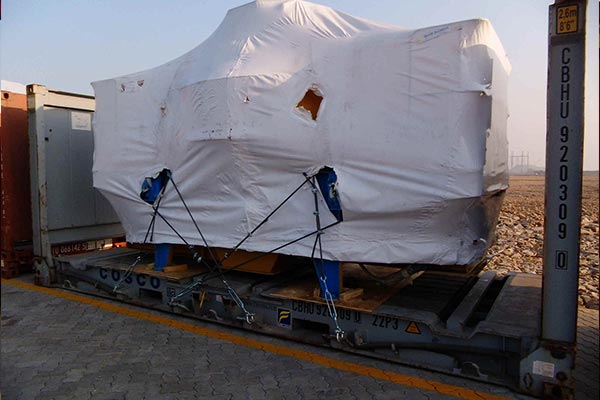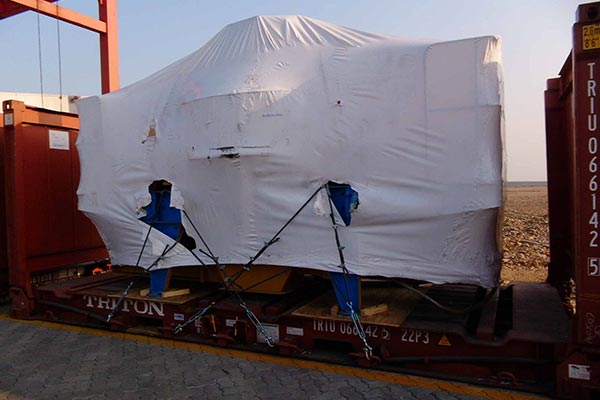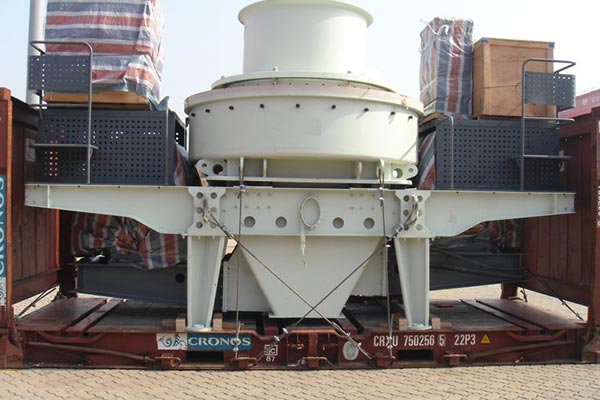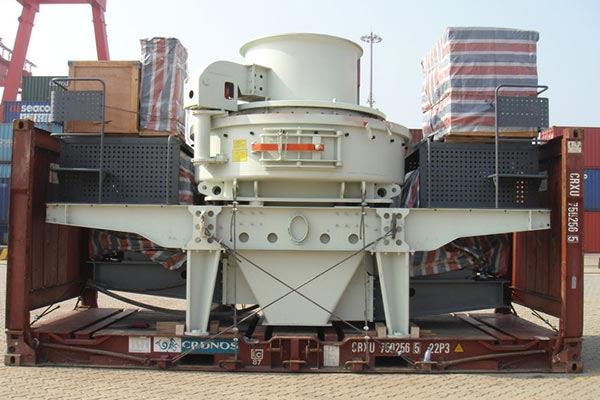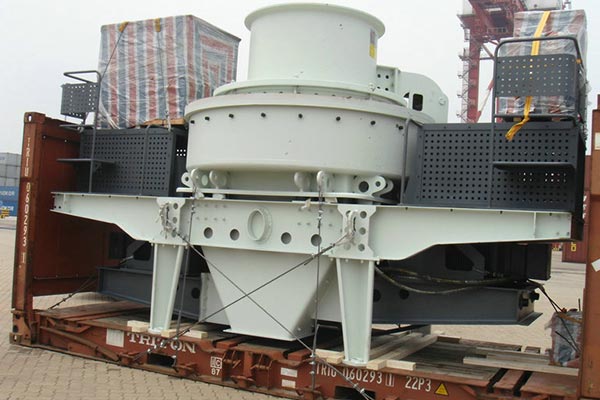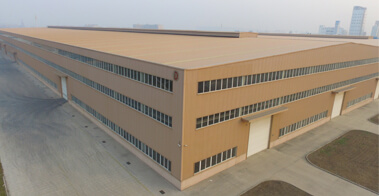OVERVIEW
The wheel type sand washing machine(sand washer) is a type of high-efficiency bucket wheel sand washing equipment. It is designed to remove impurities such as clay and dust from sand, thereby enhancing the quality of the sand. This machine is primarily used for washing, grading, and impurity removal of materials in industries such as metallurgy, construction, and hydropower.
Especially, wheel type sand washing machine is used for the cleaning of fine materials such as manufactured sand, natural sand, and more. It is suitable for applications in road construction, building sites, sand factories, hydroelectric power stations, concrete dam construction sites, and telegraph pole factories, where there is a need for sand and gravel. This machine is also applicable for materials such as sand 0.5-1.0mm for casting, quartz sand for glass manufacturing, and pressure sand for backfill.
The wheel type sand washing machine is reliable in operation, has a simple structure, and is easy to use and maintain. The screen mesh on the impeller of the sand washer is installed by bolt connection on the blades and can be freely adjusted to screen the sand and stone particles according to user requirements. This design feature also makes it convenient for maintenance and replacement.
ADVANTAGES
-
High processing capacity with low power consumption
-
Simple and rational structure, occupying a small footprint
-
Long equipment lifespan with minimal maintenance costs
-
Minimal loss of fine sand and stone powder, ensuring that the washed construction sand meets standard requirements for particle size distribution and fineness modulus
WORKING PRINCIPLE
The wheel type sand washing machine(sand washer) adopts a wheel-like structure and is mainly composed of the following components: 1. Impeller, 2. Wash trough, 3. Reducer bracket, 4. Motor bracket, 5. Gear transmission, 6. Reducer, 7. V-belt drive, 8. Motor.
During operation, the motor drives the impeller to rotate slowly through a V-belt, reducer, and gear reduction mechanism. Sand and gravel enter the washing trough through the feed chute and, under the impeller's drive, roll and grind against each other, removing impurities that cover the surface of the sand and gravel. This process also disrupts the water film surrounding the sand particles, facilitating dewatering.
Simultaneously, water is added to create a strong water flow, promptly carrying away impurities and lighter foreign materials through the overflow outlet of the washing trough, completing the cleaning process. Clean sand and gravel are carried away by the blades. As they gradually rise, moisture begins to infiltrate through the screen and falls back into the washing trough. This achieves two purposes: dewatering the sand and gravel and making efficient use of water resources to conserve water.
Finally, the sand and gravel are discharged from the rotating impeller onto a conveyor belt, which transports them away as the final product, completing the sand and gravel cleaning process.





